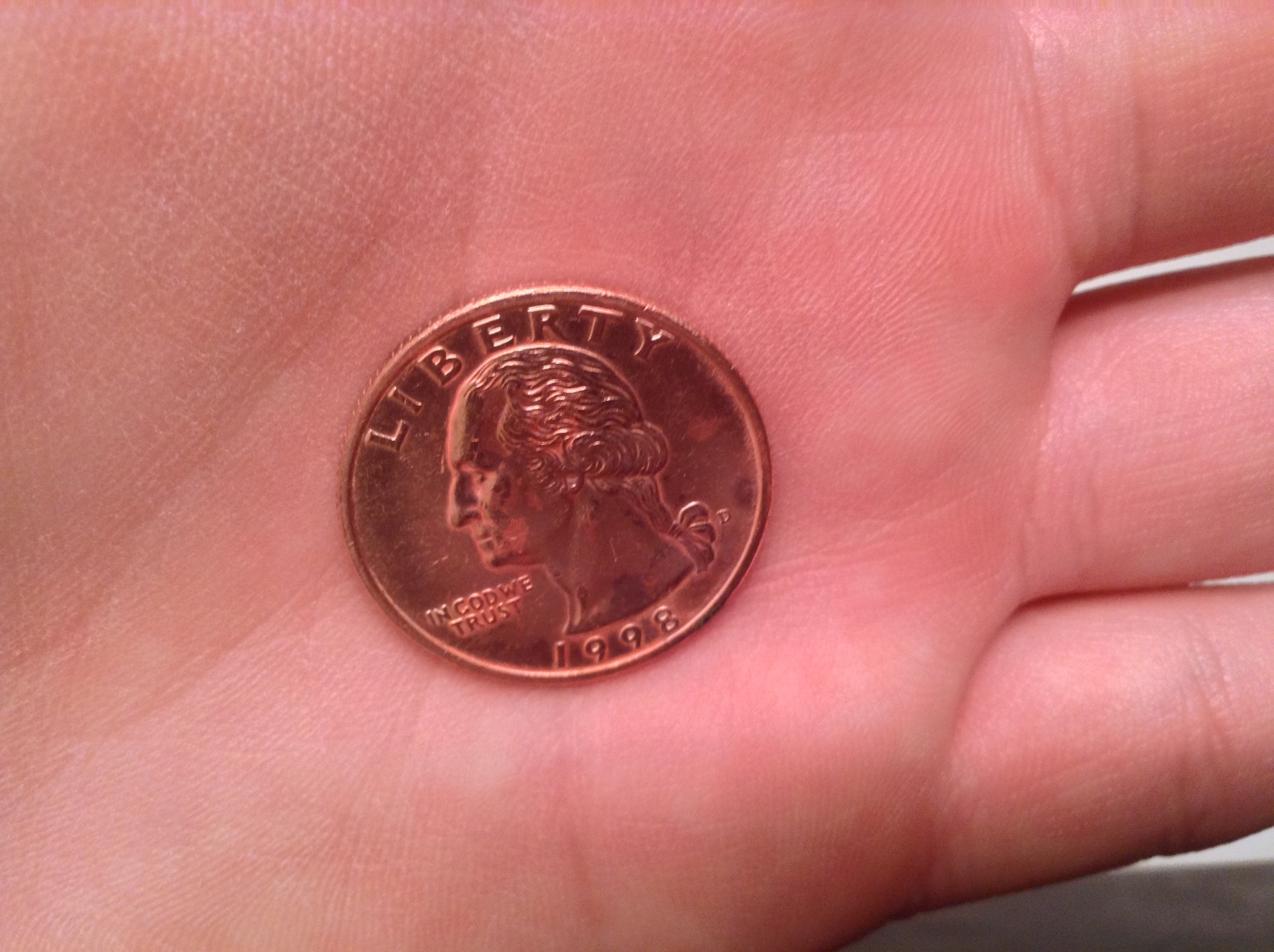- Joined
- Dec 15, 2018
- Messages
- 785
Hoping someone has more experience than me. Shouldn't be hard. lol
Wanted to nickel plate some parts on the model engines Im making. Seamed like a simple enough process so gave it a shot.
From Utube videos mixed a bit of salt in 5% vinegar and dissolved nickel strips to make the plating solution. Worked like a charm using a 12 v battery as a power source.
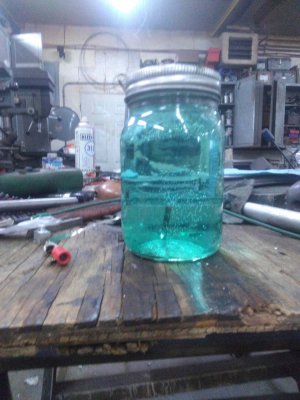
Tried plating a copper strip with good results, sorry poor phone camera, but in a minute or less got good coverage.
Fine but how do I know if I'm plating steel when they're verbally the same colour,
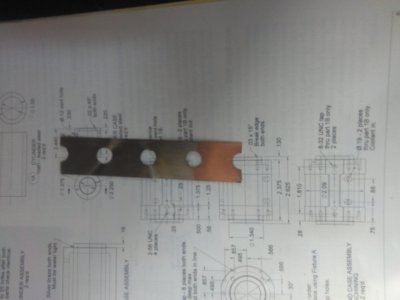
So thought I'd copper plate first then nickel plate.
The internet showed a few different methods using baking soda, muriatic acid or again vinegar to make the electrolyte. So I tried vinegar today.
Used copper pipe to form the solution again using the 12v battery, Quickly got a beautiful blue solution.
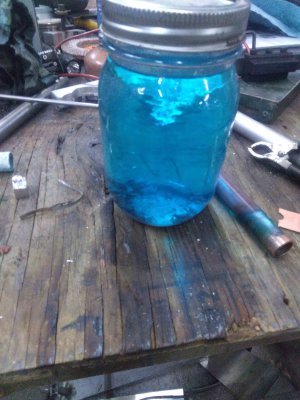
With the nickel strips the positive anode dissolved and the cathode stayed relatively clean while making the plating solution, nickel acetate.
With the copper the anode turned white and the cathode developed a layer of copper coloured paste, easily wiped off.
With the copper acetate made I tried plating a steel rod. The videos all seamed to use lower voltages with copper so tried using the 3.3 V output from a computer power supply. Quickly get the same copper coloured paste forming on the cathode. But it just wipes off the steel rod, no plating actually bonding. Even tried a D cell battery thinking the voltage had to be lower, same result. 12v gives the same result only quicker.
Sorry no photo of the rod but this is the same material scraped off the copper cathode when making the solution.
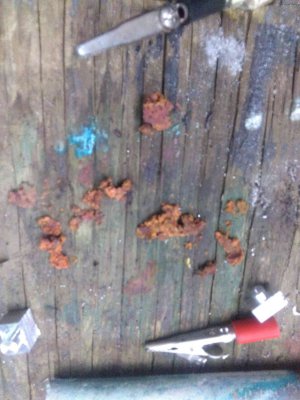
Any thoughts? Could I have dissolved too much copper in the solution? It got quite warm during the process.
Im all ears.
Greg
Wanted to nickel plate some parts on the model engines Im making. Seamed like a simple enough process so gave it a shot.
From Utube videos mixed a bit of salt in 5% vinegar and dissolved nickel strips to make the plating solution. Worked like a charm using a 12 v battery as a power source.

Tried plating a copper strip with good results, sorry poor phone camera, but in a minute or less got good coverage.
Fine but how do I know if I'm plating steel when they're verbally the same colour,

So thought I'd copper plate first then nickel plate.
The internet showed a few different methods using baking soda, muriatic acid or again vinegar to make the electrolyte. So I tried vinegar today.
Used copper pipe to form the solution again using the 12v battery, Quickly got a beautiful blue solution.

With the nickel strips the positive anode dissolved and the cathode stayed relatively clean while making the plating solution, nickel acetate.
With the copper the anode turned white and the cathode developed a layer of copper coloured paste, easily wiped off.
With the copper acetate made I tried plating a steel rod. The videos all seamed to use lower voltages with copper so tried using the 3.3 V output from a computer power supply. Quickly get the same copper coloured paste forming on the cathode. But it just wipes off the steel rod, no plating actually bonding. Even tried a D cell battery thinking the voltage had to be lower, same result. 12v gives the same result only quicker.
Sorry no photo of the rod but this is the same material scraped off the copper cathode when making the solution.

Any thoughts? Could I have dissolved too much copper in the solution? It got quite warm during the process.
Im all ears.
Greg


